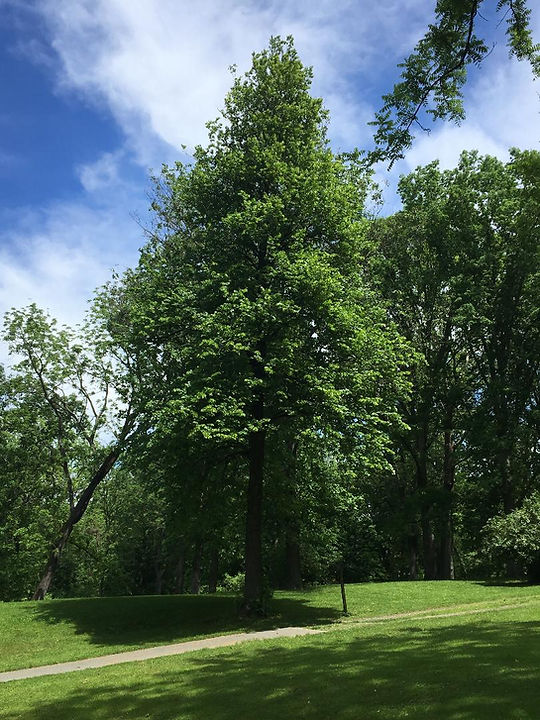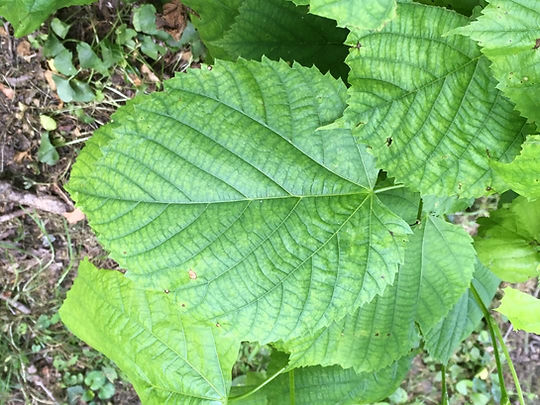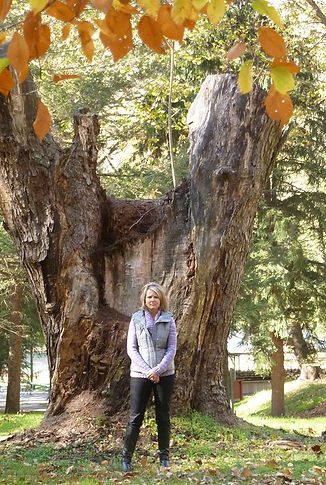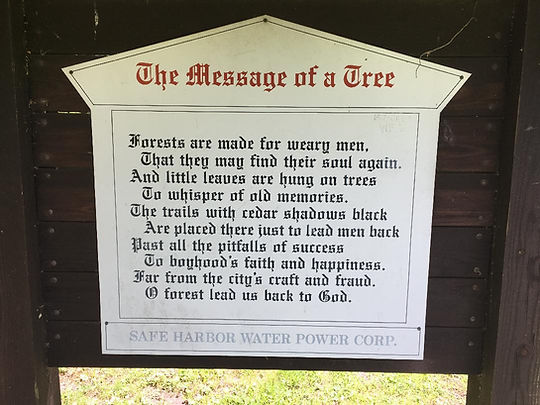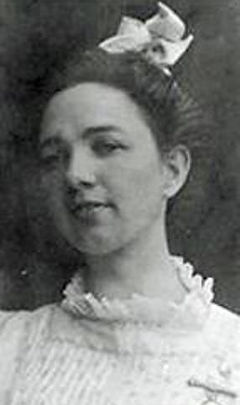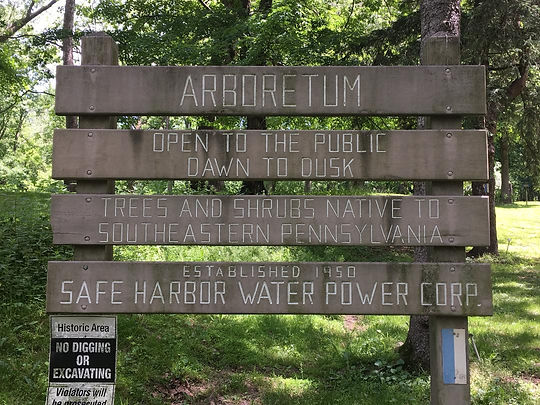
This historic trail and arboretum open-ed in 1997 and contains about 50 kinds of trees and shrubs. Some of the trees date to the mid-1850s when houses were built for immigrant workers at the Safe Harbor Iron Works. In fact, the arboretum’s primary path is, according to Ad Crable, “what used to be the main street of this Safe Harbor ghost town.”
The collection focuses on trees and shrubs that are native to Southeastern Pennsylvania, although a pair of Norway Spruce (Picea abies) are among the first to greet visitors. Included in the collection are:
Eastern Hemlock (Tsuga canadensis), Black Walnut (Juglans nigra), American Basswood (Tilia americana), Swamp White Oak (Quercus bicolor) and various other oaks, Staghorn Sumac (Rhus typhina), Silver Maple (Acer saccharinum), Sugar Maple (A. saccharum), Boxelder (A. negundo), Tupelo (Nyssa sylvatica), Sycamore (Platanus occidentalis), American Beech (Fagus grandifolia), Birch (Betula papyrifera), Hackberry (Celtis occidentalis) and — in the woods just beyond the clearing — Pawpaw (Asimina triloba).
Most of these are mature, stately specimens. Unfortunately, as of May 2019, many of the identifying labels were missing and needed to be replaced.
Among the highlights of this arboretum are: (1) A poem (“Forests are made for weary men…”) by American writer and poet Mary Carolyn Davies (1888-1940); and (2) a very large Silver Maple trunk, about 200 inches in circumference, out of which several Staghorn Sumacs are growing (see separate entries).
For historical information on the community that once thrived here, see Ad Crable’s article on “Safe Harbor’s Trail of History,” Lancaster Newspapers, Sept. 14, 2004.
[Photos #2, 3 – American Basswood; Photo #4 by Ryan Chandler; Photo #5, Mary Carolyn Davies]
